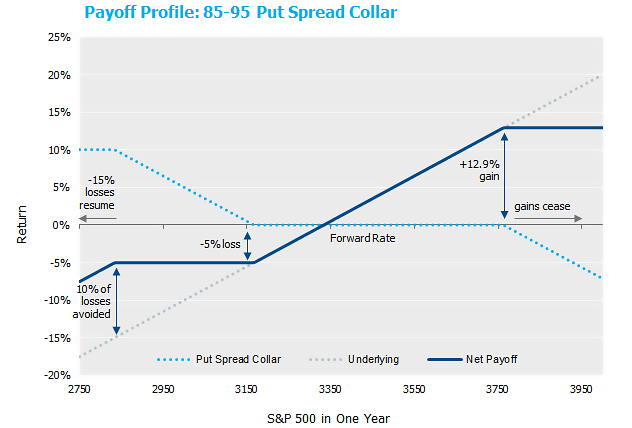It looks like you're new here. If you want to get involved, click one of these buttons!
Fidelity also has apparent inconsistencies. Contrast the MMF prospectus excerpt Yogi provided with this writing in Fidelity's help section (bold in original): "How long does it take for a mutual fund trade to settle? ... Sells and buys of money market funds settle the same day"Not every security will have the same settlement periods. All stocks are T+2, and mutual funds differ but are T+1 and T+2, depending on the fund. However, bonds and some money market funds will vary between T+1, T+2, and T+3.
...
Correction—May 5, 2022: This article previously contained an error regarding the settlement date timeline for mutual funds.
Well, you call it price-gouging. But that seems to be popular behavior with every industry these days. -- Airline fares. Agriculture/food. its impossible to go through a burger drive-through without paying +$10/person, for crap 'food' (it may be Solyent Green). My landlord raised the rent 12%. Housing prices are up outrageous sums since the helicopter money was dropped by Jay "Top Gun" Powell.Price gouging !! I just posted about huge increase in monthly, average, natural gas bill.
Derf

They are quite successful at directing the conversation to how hard it is to build new refineries. What is seldom discussed are refinery closures, the yearly gambit with changing the seasonal formulas, and the ever-popular down for maintenance when prices are high.In addition to high crude oil prices, refining for gasoline is the other bottleneck. Gasoline are produced locally and there are finite number of refinery plants across the nation. To build new ones takes over a decade given the safety requirements.
https://npr.org/2022/06/26/1107265390/refinery-shortage-high-gas-prices-russia

That sounds more or less correct. As with MMFs generally, SWVXX declares dividends daily and distributes monthly. So the distribution on June 15th (this fund makes distributions in mid-month) includes the interest declared on May 16th, May 17th, May 18th, ..., June 14th.While I a not sure I believe them, Schwab chat claims with fed reserve raising rates, next months payout will be close to 1.19%. The "waivers' apply to individual investors also he says.
© 2015 Mutual Fund Observer. All rights reserved.
© 2015 Mutual Fund Observer. All rights reserved. Powered by Vanilla